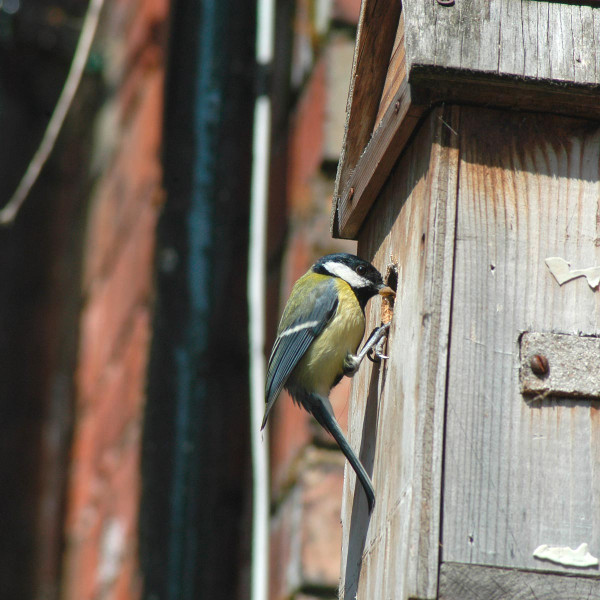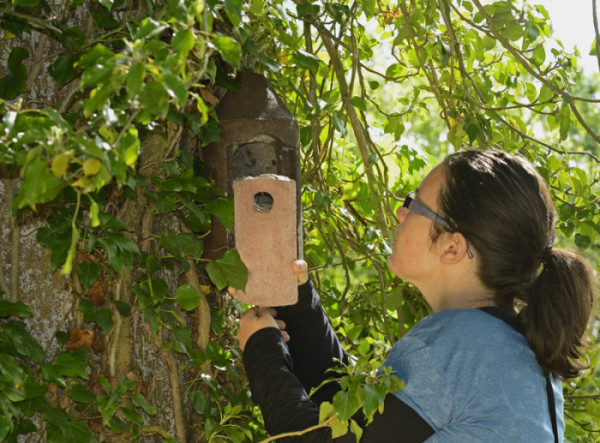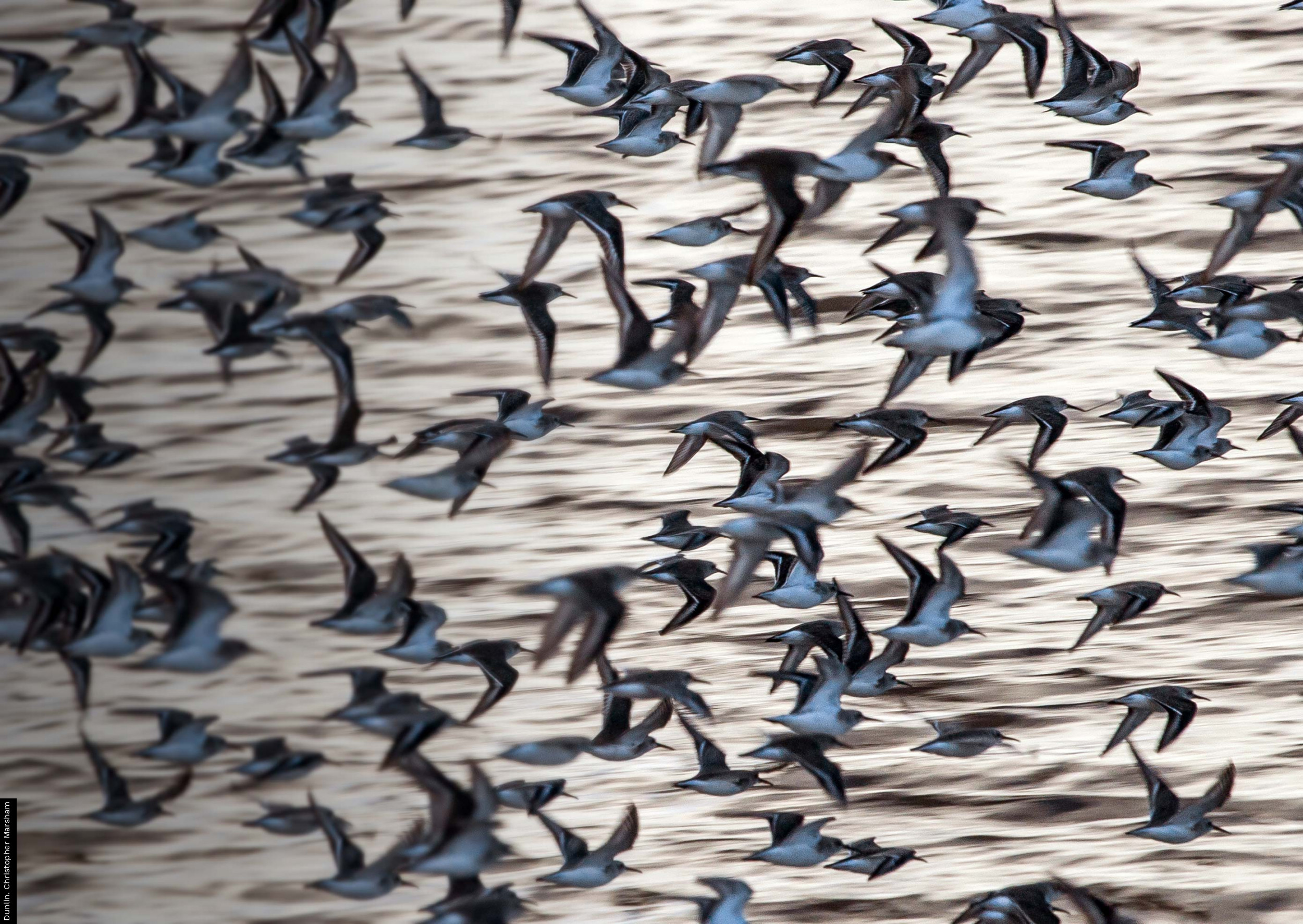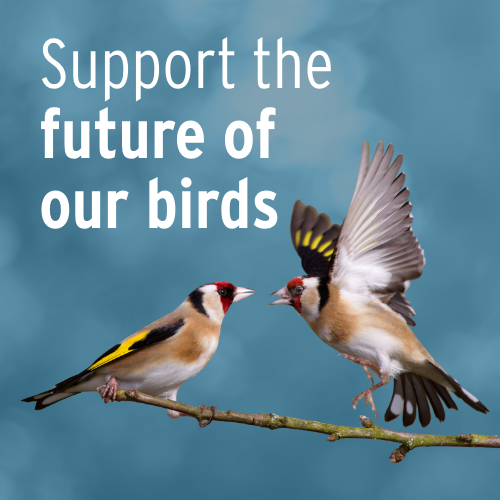National Nest Box Week
National Nest Box Week
14 Feb 2022 to 21 Feb 2022
Valentine's Day marks the start of National Nest Box Week. The first mention of Valentine's day as a romantic celebration was Chaucer's 14th Century poem The Parliament of Fowls, where he imagined it to be a day when birds gather to choose their mates under the supervision of nature. While nature isn't actually this well organised, mid-February is the ideal time to start looking out for nesting birds. You could put up nest boxes for tits in search of nesting holes and look out for nesting behaviour in species such as Blackbird and Long-tailed Tit.
Providing nest boxes for garden birds
If you would like to provide for birds by putting up a nest box you can buy one or make it yourself. Whether you are building or buying, the requirements are the same; timber of at least 15 mm in thickness coated on the outside with water-based, animal-safe varnish helps the box last longer and provides protection from the elements. Woodcrete boxes are excellent for keeping a consistent temperature, which is ideal for keeping eggs and young chicks warm in the nest; they are strong against predators and can last for decades. To make it easier to clean out old nesting material at the end of the breeding season or to inspect the progress of a brood for nest recording, make sure the roof is hinged or fixed in such a way that it can be opened fully.

Different species require different types of boxes. For garden visitors such as Blue Tit, Great Tit and House Sparrow a small hole nest box placed 1 - 3 m high is ideal, with each species requiring a different sized entrance hole; 25 mm, 28 mm and 32 mm respectively. These boxes can be put up at any time of year though birds will start prospecting sites from February. For Blackbirds and Robins, you can nestle an open-fronted nest box in vegetation around 1 m from the ground, though allowing climbers and vegetation to grow can also be enough to provide cover for them to nest. You can download guides for nest boxes suitable for all these species on our Make a nest box page.
To encourage birds to use nest boxes, placement is also important. Nest boxes for Blue or Great Tits shouldn’t be sited too close together as it is unlikely they will both be used and could encourage aggressive territorial behaviour between adult birds. Boxes should be placed in quieter areas of the garden, away from bird feeders, where high levels of visiting bird activity could disturb nesting pairs. The entrance hole should be sheltered from the prevailing wind, rain and strong sunlight and care should be taken to avoid placing a box near perches and nearby branches which can allow access to predators such as cats. You can find more information and advice on our dedicated nest box page, including advice on building or buying nest boxes, positioning boxes and the birds you can attract with different boxes.

Creating nesting space for Swifts
To support Swift populations, boxes with oblong entrances measuring 65 mm by 28 mm can be built into roofs or installed under eaves. To improve the chances of occupation they should ideally be placed at least 5 m above ground level with no obstructions to the entrance. Boxes should be in place by the start of May and Swift calls can be played to encourage new nesting birds.
Monitoring your nestboxes
As well as providing spaces for birds to nest, you can also gather vital information about the breeding success of individual birds' nests. This is a hugely enjoyable and gratifying experience that provides incredibly valuable data to support our conservation efforts. You can submit data to BTO through one of two surveys, Nesting Neighbours or the Nest Record Scheme; all the information is combined in the annual estimates we produce for BirdTrends, so it really is down to your personal preference which you use. By following the Code of Conduct you can ensure the rewarding experience of monitoring nests does not impact bird welfare.
Become a nest record volunteer
You can read more about Nesting Neighbours and the Nest Record Scheme on our Monitoring Nests page, including an overview of each survey and links for getting involved.
Find out more






Share this page